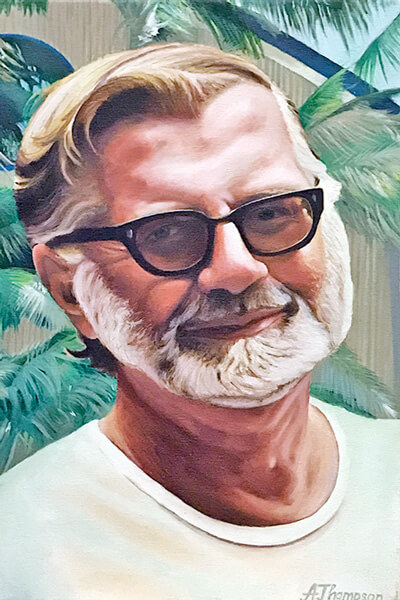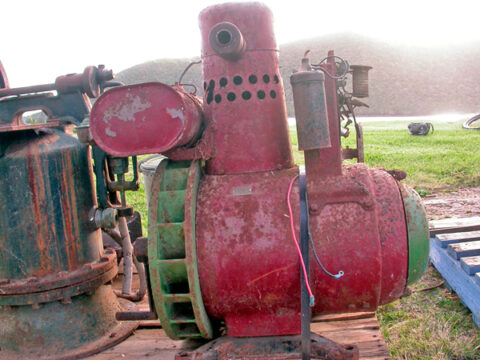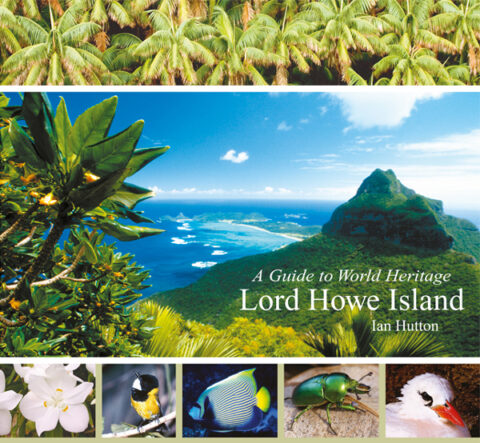
Zoom In!
A recent major acquisition at the Museum was the purchase of a digital microscope, the Micro-Eye built in New Zealand by Micro-Imaging.

A recent major acquisition at the Museum was the purchase of a digital microscope, the Micro-Eye built in New Zealand by Micro-Imaging.

In 2021, the Museum commissioned a portrait painting of founder James Dorman.

This book gives information on often asked questions about the Woodhen, plus the story of its rescue from the brink of extinction in 1980. The production was provided by LHI Museum volunteer committee members Ian Hutton, Sue Nichols and Margaret Murray.

Shirley had this booklet reprinted in memory of her mother, and to support the Lord Howe Island Museum. The original was one of the first booklets available to tourists after World War II.

This generator has been part of the museum’s collection for some 20 years. Funds were used to engage local mechanic, Bing Simpson, to give the generator conservation treatment to limit future oxidation and preserve the original character.

This lavish 264 page colour book is a celebration of World Heritage Lord Howe Island. Sponsorship of the book came following a visit to the Island by Michael Looker, Director of the Nature Conservancy (Australia), who felt that it is important to promote Lord Howe Island as an example of world’s best practice environmental management by the Lord Howe Island Board and the New South Wales government.

In 2013 the Museum carried out a major extension to the front verandah. This has provided an attractive setting for residents and visitors to enjoy the Museum facility, and also the cafe and internet services. This project cost the Museum considerable funds but it could not have been completed without the extraordinary generosity of many volunteers.

This project enabled the purchase of scanner and software to digitise the collection, and a research assistant to carry out scanning of around 3,500 images. It is envisaged the collection will grow, with donations and acquisitions.

This display was designed to show how introduced animals were part of the way of life for previous generations, the impacts those animals had, the benefits since cats, pigs and goats were removed in the 1980s, and to prompt consideration of what might be done about rodents.

This map provides a valuable addition to the museum collection and forms an integral part of the displays in the James Dorman Historical gallery. The donation was made by Dick and Pip Smith, on the occasion of the 40th anniversary of Dick’s first climb of Ball’s Pyramid in 1964, and included a custom-made frame.